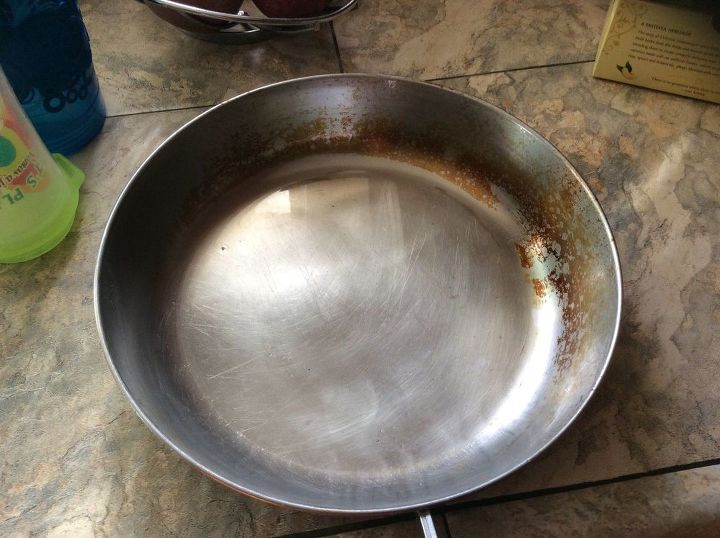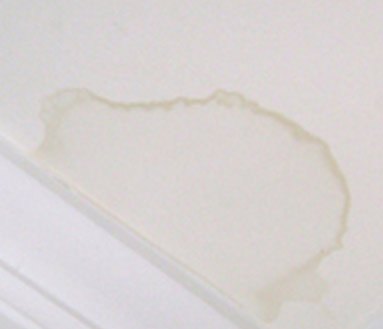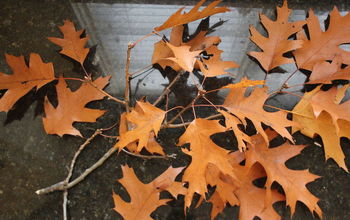How to remove mildew from drywall and textured ceiling
Related Discussions
How to clean a mirror without streaks?
Every time I clean my mirrors, they end up having tons of streaks and almost look worse than before I started. What could I use to clean them that won't leave streaks... See more
How to clean burns on stainless steel pans?
Help! I burned my pan. How do I clean stainless steel cookware that's been burned?
How to clean shower doors
How to clean glass shower doors
How to clean hardwood floors in the kitchen?
What is the best way to clean hardwood floors in the kitchen?
How to clean my kitchen cabinets from grease?
My kitchen cabinets are embarrassingly greasy. Please share your degreasing tips with me so I don't have to cringe every time I glance at my cabinets.
How to remove oil stain from textured ceiling in the kitchen area?
Tip: How to remove a water stain from drywall
Do you have a stubborn water stain on some drywall? Before you whip out the paint, try this tip: mix a solution of 10% bleach to water, dab the stain lightly with a... See more



What is the best way to get mildew off of a bathroom ceiling ?
Increase ventillation by use of Vents!
Hi Heather, hope this helps you.
To remove mold from a popcorn ceiling, you should first ensure that the area is well-ventilated. Then, you can mix a solution of water and mild detergent and use a soft-bristled brush to gently scrub the affected area. After cleaning, it's important to thoroughly dry the area to prevent the mold from returning.
Use a mixture of water, vinegar and baking soda to spray the moldy spots. Spray the area once or twice so it gets covered but not so much that it drips. Once it's wet you can use a toothbrush or a scrub brush to scrub away any discolorations and mold.
https://www.youtube.com/watch?v=Mqz4SCinspE
Spray with vinegar, that will kill the mold spores, let dry. Then bleach the dark stain out. Try to get more air circulating through the area.
First, you will need to kill the spores. Use white vinegar. Then peroxide to remove stains.